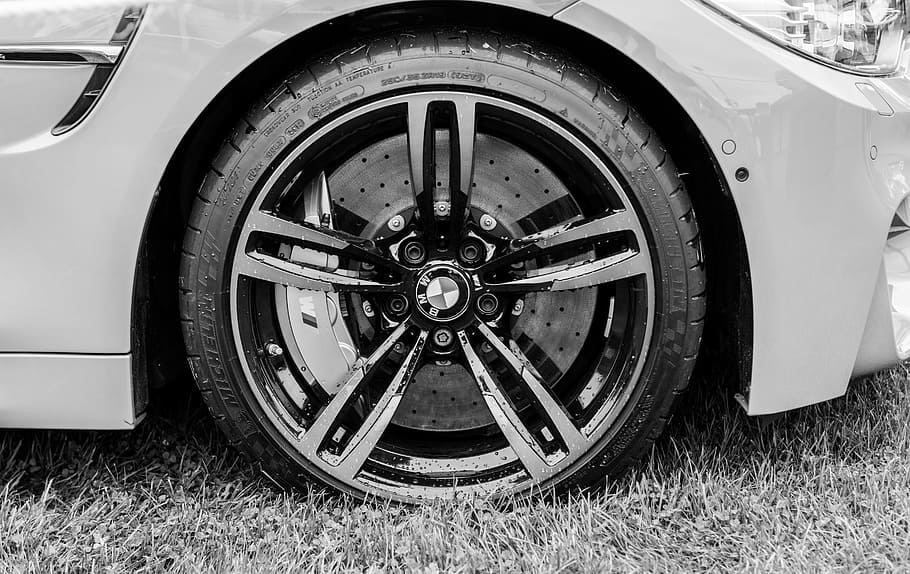Sport tires or performance tires differ from conventional tires in a variety of ways. The differences are obvious if you’re looking at a sports car on the track. However, performance or sport tires on your car share a number of characteristics with those race car tires. Let’s learn how your sporty tires differ from the other types of tires on the market.
Tread Pattern
Sporty travel tires have a directional tread patterns. They’re designed to grip the pavement and help you accelerate without spinning your wheels. This is in sharp contrast to the uneven tread of off-read tires. Conventional car tires have a hybrid tread pattern. They may have ridges or grooves that balance acceleration to handling on wet or snowy pavement. The dense siping balances traction with performance.
Sporty tires also tend to have much thinner tread. They are often similar to summer tires. In fact, you can find performance summer tires that have minimal tread and relatively soft rubber while being street legal. This type of tire will also help you maintain stability through turns.
Note that you don’t have to go with summer tires to get this level of performance. Touring tires tend to favor performance over simplicity. Know that these types of tires are essential for sporty vehicles that require enhanced handling capability. Touring tires are available in both all-season and summer versions.
Material
All tires are made from rubber. However, the material’s consistency can vary. Race car tires have rubber that’s soft and sticky so it grips the ground. That’s great when you’re accelerating on a race track, but the tires wear down very quickly. Sporty tires on your truck or SUV may have somewhat softer rubber than average, but most drivers won’t entirely give up durability. The solution is adding silica to the tread to improve grip. Performance tires may or may not be reinforced with steel radials.
The result is tires that help you brake quickly or get from 0 to 60 in less than six seconds but won’t wear out in 1000 miles. On the other hand, the sporty tires may need to warm up before they handle as well as advertised.
Speed Ratings
Performance tires generally have higher speed ratings than touring tires. That’s understandable given that you’re hoping on hitting 100 miles an hour in them. Most conventional tires are rated to 80 to 100 miles per hour. In contrast, trailer tires may be rated for no more than sixty miles per hour, though they can carry a heavy load.
Dimensions
Touring tires are a moderately sporty tire. They have bigger sidewalls than standard tires. This helps cushion passengers for vehicle vibration and any bumps in the road. However, touring tires aren’t as responsive when it comes to cornering and braking as high performance tires. High performance tires have much stiffer sidewalls.
Performance tires tend to have low aspect rations, somewhere between 30 and 45. This means you can feel the road. It also means you’ll feel every rough spot in the road. Furthermore, road noise is worse.









